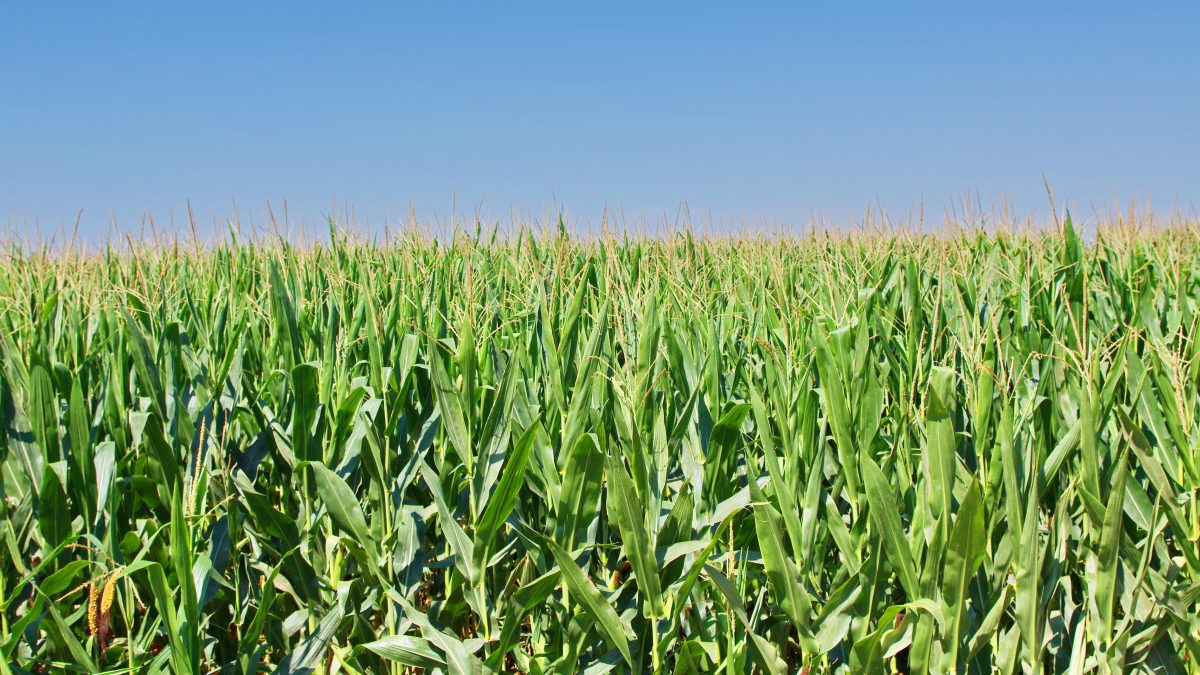Corn Tariff Profile
TOPICS
CornMegan Nelson
Economic Analyst

photo credit: Arkansas Farm Bureau, used with permission.
Megan Nelson
Economic Analyst
Up next in our Market Intel series on commodity-specific tariff profiles is corn.
As the world’s top corn producer, which equates to 29 percent of the world’s corn production. The U.S. charges a 0 percent tariff to all free trade agreement partners in the World Trade Organization. In 2017, the U.S. exported $9.1 billion in direct corn exports and imported $274 million in corn, creating a net trade balance on corn of $8.8 billion.
Like tariffs on wheat, China utilizes tariff-rate quotas for corn. China charges a 1 percent tariff on a limited quantity of corn coming into the country then, after the quota is met, all other corn imports are charged a 65 percent tariff. However, with the retaliatory tariffs in place right now, the U.S. is charged 26 percent for corn imports that are in quota, and 90 percent for corn imports that are out of quota.
Mexico is the largest customer of U.S. corn, purchasing $2.7 billion in 2017. Like wheat and soybean exports, due to the North American Free Trade Agreement, the U.S. is charged a 0 percent tariff on corn into Mexico. Our competitors are subject to a 4 percent tariff.
The second-largest customer of U.S. corn is Japan, charging a 0 percent tariff and purchasing $2.1 billion worth of corn in 2017. The U.S.-Korea Free Trade Agreement guarantees that U.S. corn exported to Korea is charged a 0 percent tariff instead of a 428.7 percent tariff. In 2017, the U.S. exported $781 million in corn to Korea, which made South Korea the fourth largest destination for U.S. corn. Figure 1 highlights these points and more.
To catch up on the series check out our deep-dive into soybean and wheat tariffs.
Next week, we will continue the series with a pork tariff profile.
